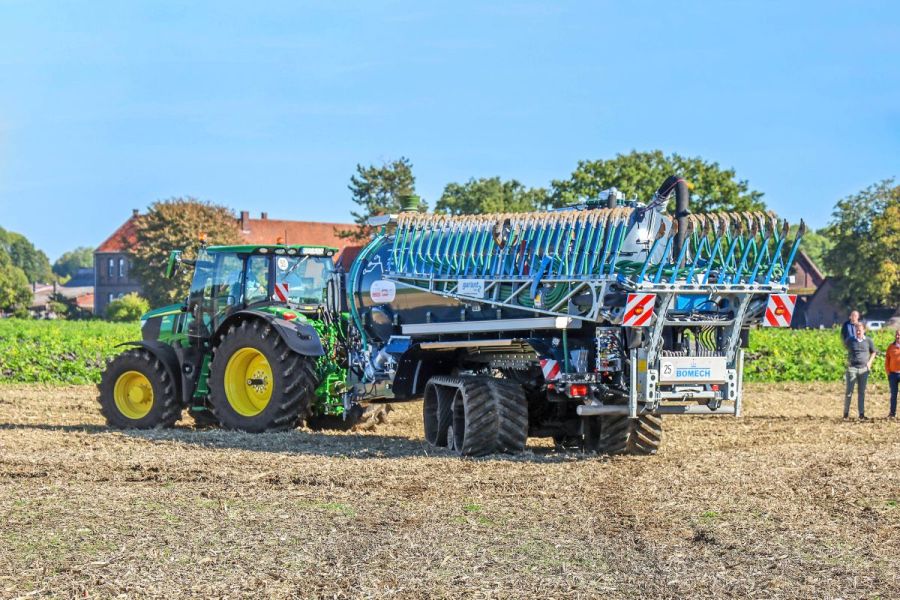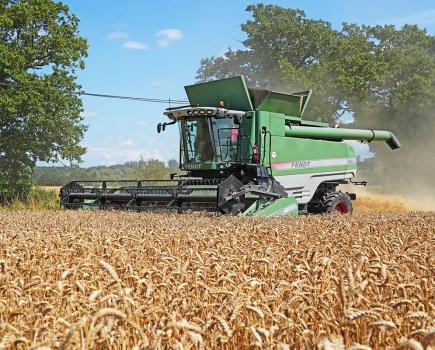The idea of putting a slurry tanker on tracks certainly isn’t a new one. But Kotte has now added an important extra function with its Smart Traction, a steering system to better take care of the soil and the crop.
At the start of the slurry spreading season (as well as the end of the spreading season, for that matter) the field conditions in question can generally be described as ‘soft’. So, with smaller spreading windows on offer, farmers are looking for ways to look after their soil and the growing crop. Given this scenario, it’s easy to see the appeal of the extra flotation from tracks. But then the flipside of this long footprint is scuffed headlands.
With all of the above in mind, Georg Große Böckmann with Prof. Dr.-Ing. Hubert Korte, research assistant Sascha Groß-Hardt, from Osnabrück University of Applied Sciences, and German manufacturers Limberg and Kotte have been working to get the most from tracks on a tanker.
Assisted steering
When the tracked Kotte slurry tanker makes a turn, it becomes clear why such a great deal of thought and effort has gone into the design. The hydraulically driven rubber track units, which are sourced from Claas, help the turn on the headland, while the Ackermann steering also encourages the tanker to follow the path of the tractor through a curve, the steering angle of 19° giving accurate tracking even on 15m wide tramlines. This amount of movement means crab steering is also possible.
The footprint for both of the 890mm wide tracks is an impressive 3.25m². Each track is rated to carry a load of 14.8t (17.5t when the undercarriage doesn’t have suspension), and transport width measures 3.00m.
The TerraTrac running gear, which is employed on Claas’s tracked Jaguar forager, has a neat feature in that the central idler wheels can be dropped down to reduce the track’s total contact area around curves.
For more up-to-date farming news and reviews click here and subscribe now to profi for just £3.99 an issue.






